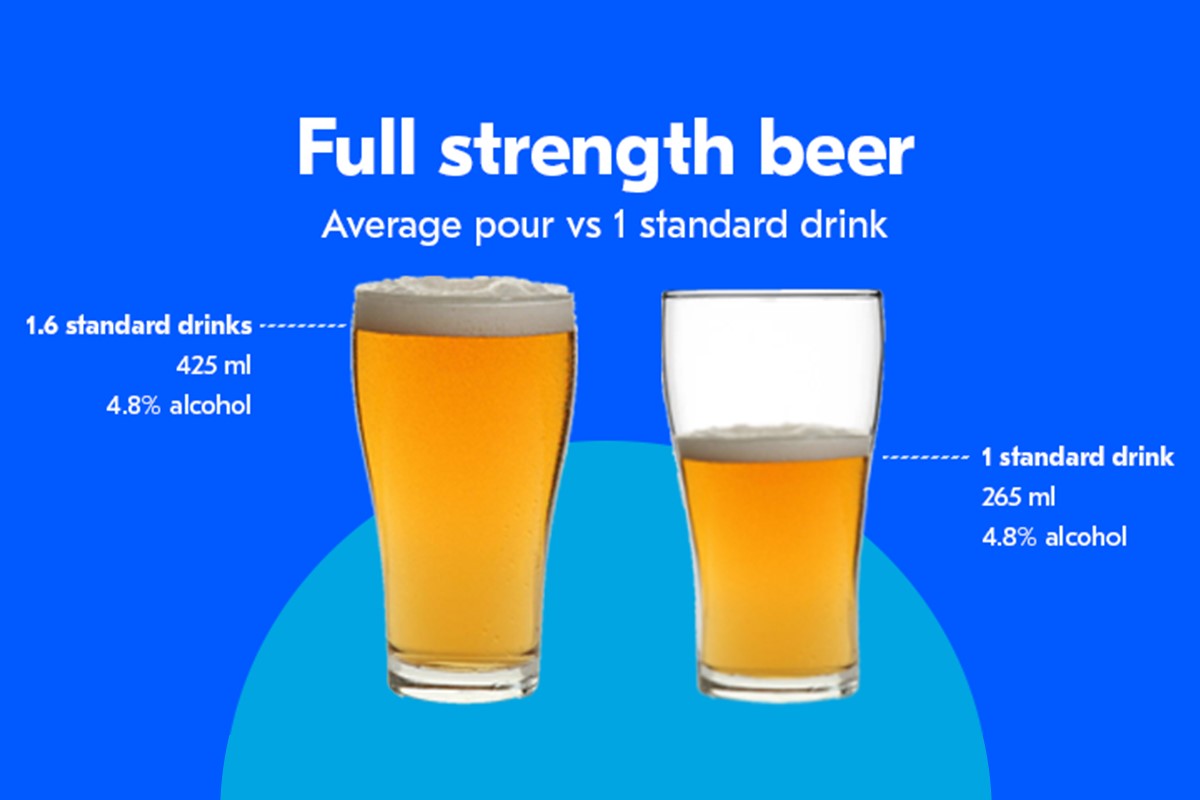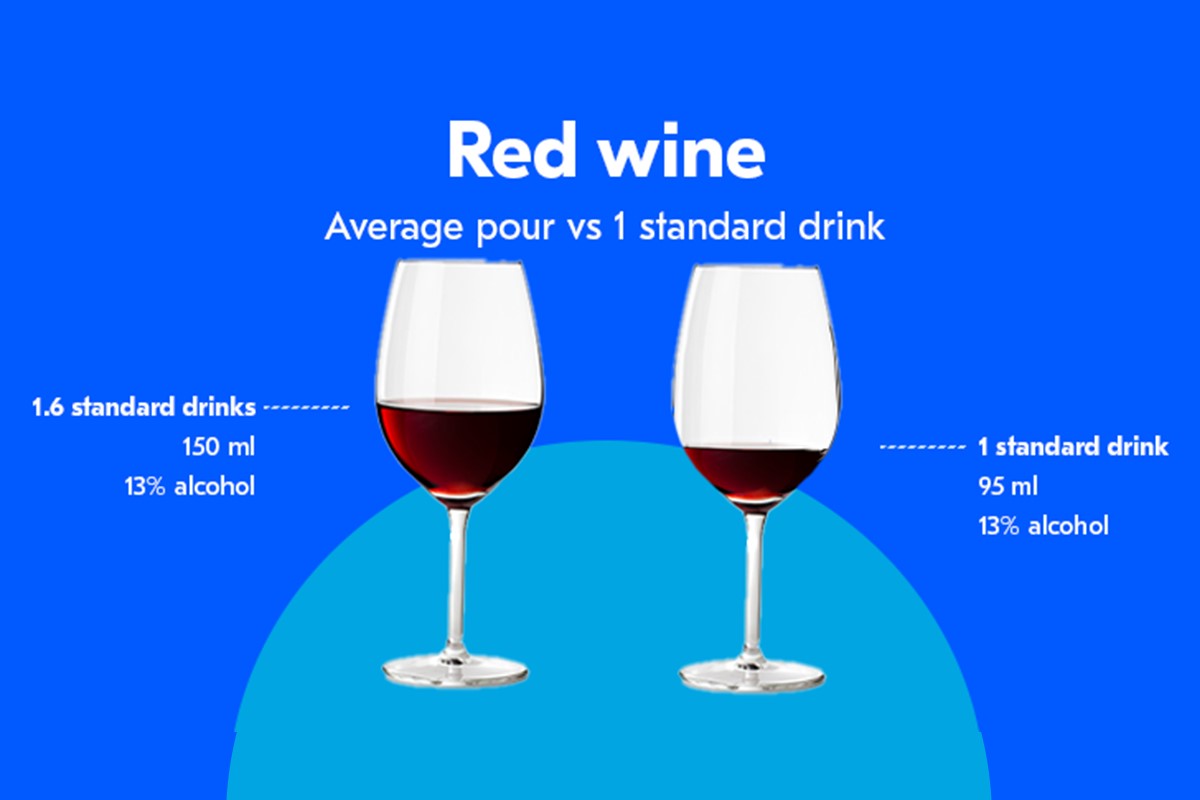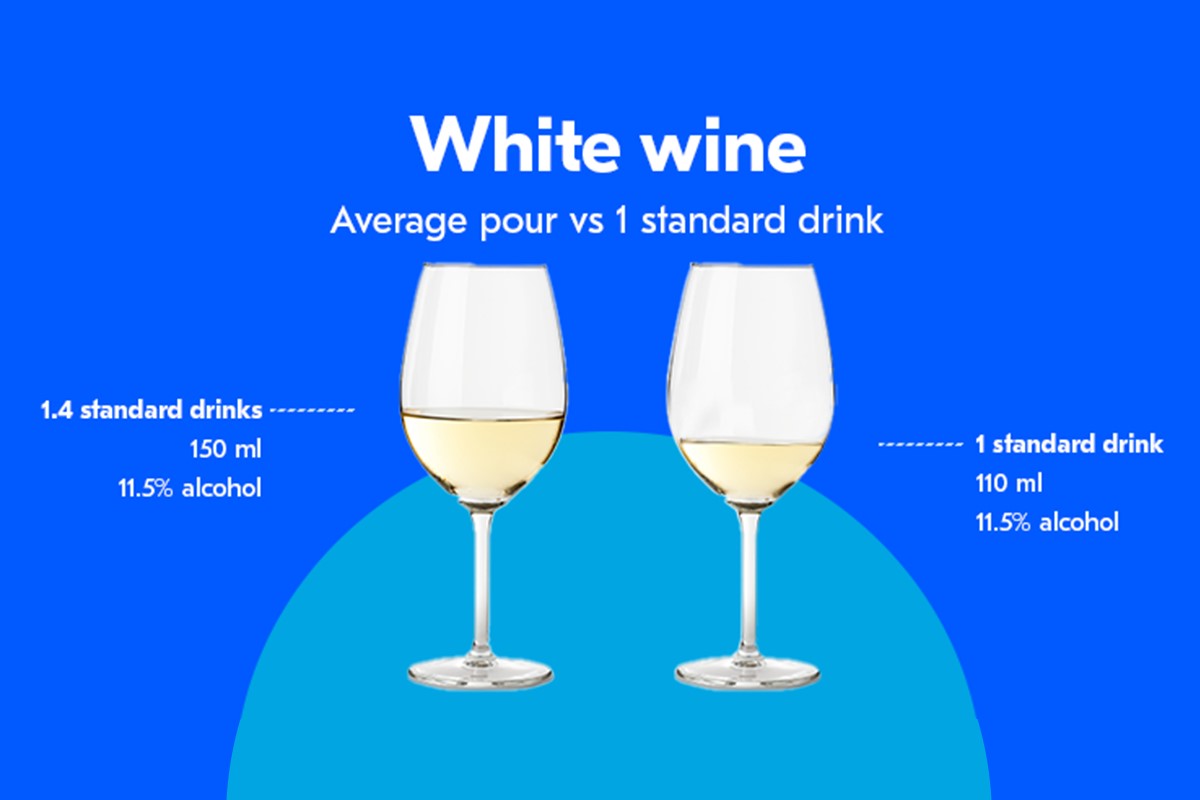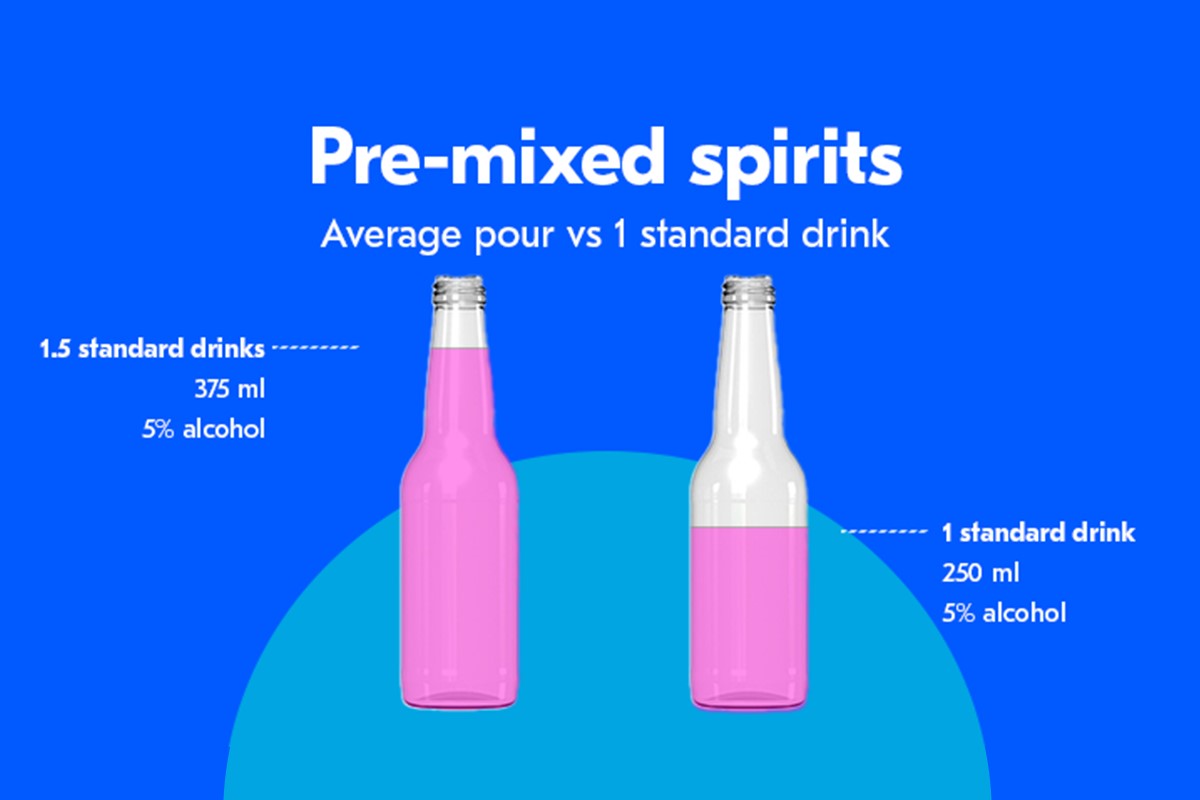
No one should be driving after drinking. Alcohol impacts your ability to drive by slowing your brain, reducing your ability to judge speed and distance, and by making it harder for you to make quick decisions.
You don’t need to be drunk to be affected by alcohol.
An average of 52 lives have been lost annually over the last five years due road crashes involving alcohol, which is 17 percent of all fatalities on NSW roads.
In Australia, a standard drink is any alcoholic drink that contains 10 grams of pure alcohol. But many common alcoholic drinks contain more than one standard drink per serve. Scroll through the images below to see the difference between a standard drink and the average serving size.




Your blood alcohol level (BAC) depends on various factors, making it challenging to accurately calculate. Such factors could include:
Remember, your BAC begins to rise as soon as you start drinking and may continue to increase for up to two hours after you stop. Because it's impossible to accurately calculate your BAC and stay under the legal driving limit of 0.05 BAC, we recommend not to drive after any amount of drinking.
If you’re going drinking, have a plan on how to get home before you go out. What you can do:
If these options aren’t available where you are, there’s still plenty of ways to have a good night out without driving. Take advantage of any community run night bus services or other locals offering to be a designated driver. Why not drink at a mate’s place and plan to stay the night or be the host yourself. In the end, planning ahead and being responsible can help to keep everyone safe and create a great night out for all without the risk of drinking and driving.